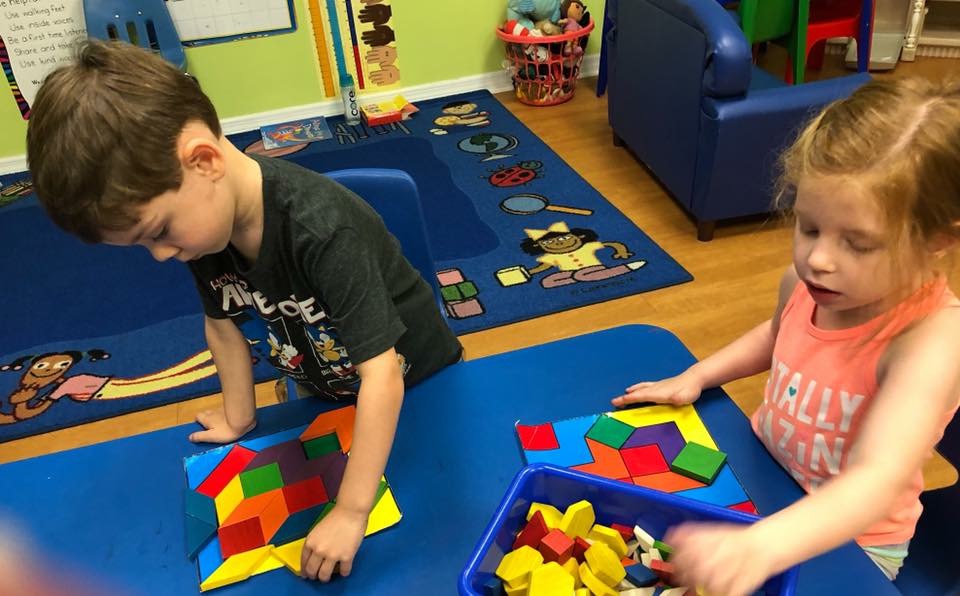You bet it is.
For those who don’t know yet, VPK stands for Voluntary Pre-Kindergarten. In other words, it is not a requirement by Public Schools that a child must have attended a VPK class before enrolling in Elementary School.
At Lake Mary Childcare we are blessed with a fantastic team of teachers who prepare the children for their next promotion to the “Big Class”. This means that as the children work their way through our Center, from Infant to 4yrs of age, they will be well prepared to enter our VPK class.
Children who enroll with us from a different daycare or have never attended a Center before will be nervous and apprehensive, but our curriculum allows us to design lesson plans for this type of eventuality. The new children are nurtured and brought up to speed very quickly and do not feel left out. Our ethos is that we are a family. All of the VPK class are given a fun but serious test using the Department of Education’s FAST software, whose results will point the teacher to your child’s strengths and weaknesses; Lesson plans are amended, and personal one on one teaching occurs. The entire year will seem fun, with absorbing and interesting projects and learning. Two further tests are conducted through the year, so we can see the phenomenal progress our students make. By the end of the year our students are fully prepared and ready for Elementary School.
Also, during the year the teacher, the environment and the lessons are audited by the department of Education, and the teachers and class performance is measured against the entire state of Florida.
We are proud to announce that this year 2025, following a difficult and stringent audit by the Department of Education, following our performance metrics results, Lake Mary Childcare has been awarded an “EXCEEDS EXPECTATIONS” mark.
But is it worth all the hype? Why shouldn’t I keep my child at home and just send them to elementary school when it’s time?
Thats easy, not only does the school receive funding, which lowers your weekly cost, when you apply for a VPK certificate from the Early Learning Coalition of Seminole County, you will receive parent reports from us detailing:
1. The Scaled Score, which is your child’s overall score, calculated based on both the difficulty of the questions and the number of correct responses.
2. The Percentile Rank, which is a percentage of the students scores nationally in the same grade.
3 The Grade Equivalent of your child’s performance.
With our mission, VPK is a time for fun and learning. You also have the honor of attending the end of year Graduation, which is a most exciting time for your child as well as for you and your family.
At end of the year your child will be 100% ready to attend Elementary School and will be confident to hit the ground running. Their Public-School teacher will be very impressed with them.
Yes, VPK is worth it.




